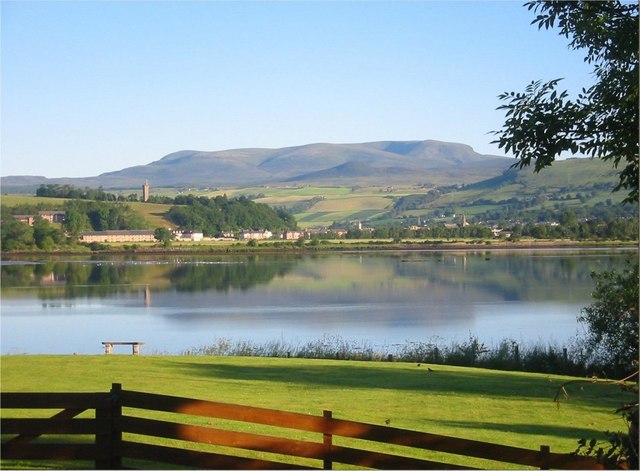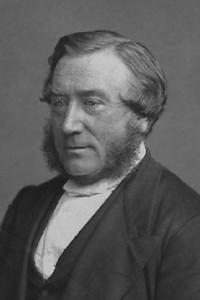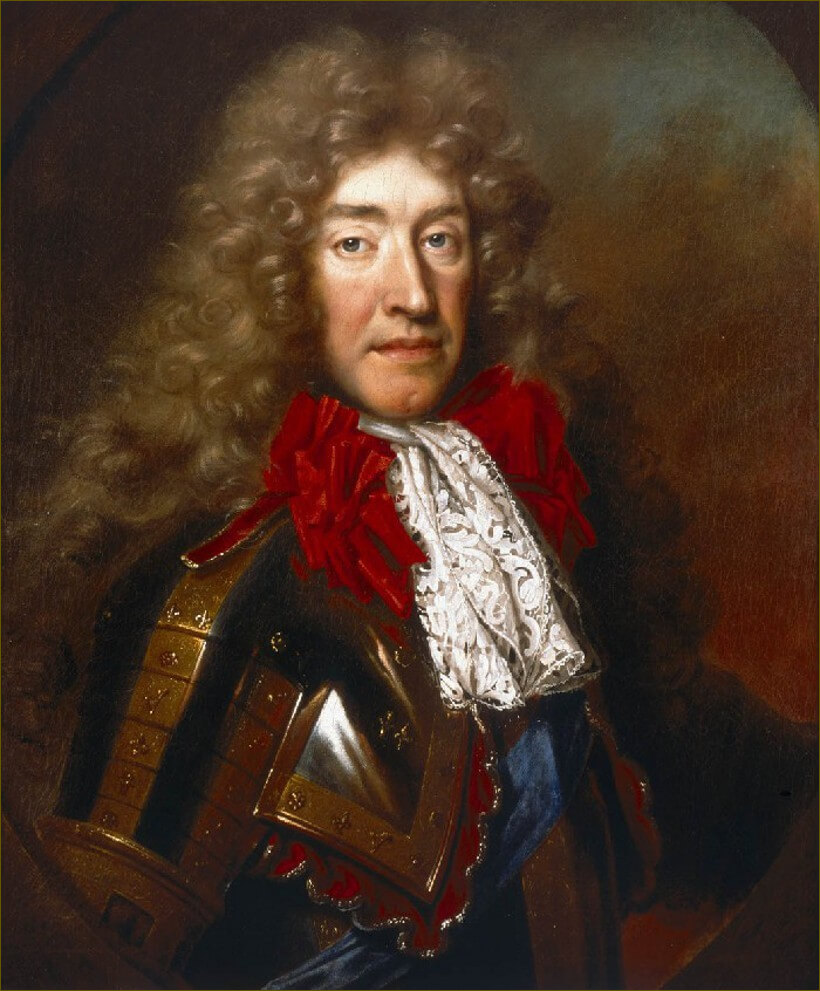|
Ferintosh, Black Isle
Ferintosh is the name of an estate in the Black Isle, Ross and Cromarty, Scotland. Urquhart is the name of the parish. The parish of Urquhart is virtually the original Ferintosh barony and was an exclave of Nairnshire until transferred to Ross and Cromarty in 1892 under the Local Government (Scotland) Act 1889. Its owner, Duncan Forbes (1644–1704) of Culloden, was also a major landowner in Nairnshire. In the 21st century, due to amalgamations a Ferintosh "Parish" Church is at nearby Conon Bridge. The former Urquhart Parish Church is close to the Ferintosh Burn (see below). During the 1688 Glorious Revolution in Scotland, Forbes was a prominent supporter of the new regime and the Ferintosh Distillery was destroyed by the Jacobites. In 1690, he was granted the right to distil whisky in Ferintosh without being subject to the normal excise regulations. In the 1760s, his grandson John Forbes enlarged the existing distillery and built three more. In 1965, the Ben Wyvis distiller ... [...More Info...] [...Related Items...] OR: [Wikipedia] [Google] [Baidu] |
Black Isle
The Black Isle (, ) is a peninsula within Ross and Cromarty, in the Scottish Highlands. It includes the towns of Cromarty and Fortrose, and the villages of Culbokie, Resolis, Jemimaville, Rosemarkie, Avoch, Munlochy, Tore, and North Kessock, as well as numerous smaller settlements. About 12,000 people live on the Black Isle, depending on the definition. It contains the civil parishes of Killearnan, Knockbain, Avoch, Rosemarkie, Cromarty, Resolis, and Urquhart. Ordnance Gazetteer of Scotland, ed.Francis H. Groome, publ. Thomas C. Jack, Grange Publishing Works, Edinburgh, 1885; Vol 1, p. 162 These parishes had a total population of 12,302 at the 2011 census. Census of Scotland 2011, Table KS101SC Usually Resident Population, publ. by National Records of Scotland. Web site www.scotlandscensus.gov.uk/ retrieved April 2021. See "Standard Outputs", Table KS101SC, Area type: Civil Parish The northern slopes of the Black Isle offer fine views of Dingwall, Ben Wyvis, ... [...More Info...] [...Related Items...] OR: [Wikipedia] [Google] [Baidu] |
Ferintosh Distillery
Ferintosh distillery produced whisky at more than one location on the Black Isle north of Inverness from 1689 until its closure in 1786.Aeneas MacDonald (1930). ''Whisky''. Edinburgh: Porpoise Press. Reprinted in 2007 by Canongate and again in 2016 by Birlinn. The name is thought to have been anglicised from ''Fearann an Tòisich'', ‘the estate of the thane’, the land having once belonged to the Thane of Cawdor. The brand was reprieved by the Ben Wyvis distillery across the water in Dingwall between 1893 and 1926. The spirit – if not the name – is being kept alive at the new Glen Wyvis distillery which opened in 2015 on the Heights of Brae above Dingwall. Location At least four separate individual distilleries manufactured Ferintosh whisky under a unique historical exemption from payment of excise duty in the early eighteenth century.Owens, John (1879). Plain Papers relating to the Excise Branch of the Inland Revenue Department from 1621 to 1878: or A History of ... [...More Info...] [...Related Items...] OR: [Wikipedia] [Google] [Baidu] |
Donald Munro (moderator)
Donald Munro (1860–1937) was a Scottish minister in the 19th and 20th centuries, who served as Moderator of the General Assembly of the Free Church of Scotland in 1919. Life Munro was born on 4 September 1860 at Strathbrora farm in Clyne in Sutherland, the son of a shepherd, John Munro, and his wife, Jessie Grant. He had a basic education but worked as a teacher in his area until 1889. From 1889 to 1893 he trained as a Free Church minister at New College in Edinburgh. In 1894 he was ordained as minister of the Free Church of Ferintosh, Black Isle. At the Union of 1900 the Rev Mr Munro declined to join the new church and opted to remain in the (then minority) Free Church. On or before this period he became involved in the creation of the Scottish Psalter: a group of plainsong psalms sung in a particular style, popular with the Free Church, and frequently in Gaelic.Preserving a Reformed Heritage, by J W Keddie In 1918 he succeeded the Rev John Macleod of Urray Ur ... [...More Info...] [...Related Items...] OR: [Wikipedia] [Google] [Baidu] |
Dingwall
Dingwall (, ) is a town and a royal burgh in the Highland (council area), Highland council area of Scotland. It has a population of 5,491. It was an east-coast harbour that now lies inland. Dingwall Castle was once the biggest castle north of Stirling. On the town's present-day outskirts lies Tulloch Castle, parts of which may date back to the 12th century. In 1411 the Battle of Dingwall is said to have taken place between the Clan Mackay and the Clan Donald. History Early history Its name, derived from the Scandinavian (field or meeting-place of the ''thing (assembly), thing'', or local assembly; compare Tynwald, Tingwall (other), Tingwall, Thingwall in the British Isles alone, plus many others across northern Europe), preserves the Viking connections of the town; Gaels call it (), meaning "the mouth of the Peffery" or meaning "cabbage town". The site of the , and of the medieval Moothill, thought to have been established by the Vikings after they invaded in ... [...More Info...] [...Related Items...] OR: [Wikipedia] [Google] [Baidu] |
Free Church Of Scotland (1843-1900)
In contemporary usage, the Free Church of Scotland usually refers to: * Free Church of Scotland (since 1900), that portion of the original Free Church which remained outside the 1900 merger; extant It may also refer to: * Free Church of Scotland (1843–1900) The Free Church of Scotland is a Scotland, Scottish Christian denomination, denomination which was formed in 1843 by a large withdrawal from the established Church of Scotland in a schism known as the Disruption of 1843. In 1900, the vast major ..., seceded in 1843 from the Church of Scotland. The majority merged in 1900 into the United Free Church of Scotland; historical * Free Church of Scotland (Continuing), seceded in 2000 from the post-1900 Free Church; extant {{disambig ... [...More Info...] [...Related Items...] OR: [Wikipedia] [Google] [Baidu] |
John Kennedy Of Dingwall
John W. Kennedy (15 August 1819 – 28 April 1884), usually known as John Kennedy of Dingwall or simply Dr Kennedy at the popular level, was a Scottish Minister (Christianity), minister of the Free Church of Scotland (1843–1900), Free Church of Scotland. He was minister of just one church, in Dingwall, for forty years from his ordination in 1844 until his death. Biography Kennedy was born in Killearnan and studied at King's College, Aberdeen. He was Conversion to Christianity, converted in 1841, after he had already started training for the ministry, and shortly after the death of his father, John Kennedy of Killearnan. Kennedy was Ministers and elders of the Church of Scotland#Initial training, licensed to preach by the established Church of Scotland in September 1843, but then joined the Free Church, being inducted into the newly formed congregation at Dingwall in February 1844. He married Mary MacKenzie in 1848. Kennedy became the leader of the Scottish Highlands, Highland ... [...More Info...] [...Related Items...] OR: [Wikipedia] [Google] [Baidu] |
John Macdonald (Apostle Of The North)
John Macdonald (1779–1849) was a Scottish minister known in Scotland as the Apostle of the North. He is also remembered for his visits and descriptions of life on St Kilda. Early life and education He was born at Balnabein near Reay on the north coast of Scotland on 12 November 1779. His father was a weaver and catechist. He was educated at Reay parish school (a church school) then studied Divinity and Mathematics at King's College, Aberdeen, graduating MA in March 1801. He is said to have been the best mathematician in Scotland. He was licensed to preach by the Presbytery Church of Scotland in Caithness in 1805. He began working as an assistant minister at Kingussie then did mission work at Berriedale. In Edinburgh In January 1807 he went to the Gaelic Chapel on Castle Wynd in Edinburgh to replace James McLachlan. During his time in Edinburgh he lived at Ramsay Gardens close to the chapel. During his Edinburgh ministry an attempt was made to introduce English pre ... [...More Info...] [...Related Items...] OR: [Wikipedia] [Google] [Baidu] |
Communion (Christianity)
(), communion, or fellowship in Christianity is the bond uniting Christians as individuals and groups with each other and with Jesus Christ. It refers to group cohesiveness among Christians. Pre-Christian antecedents is a transliterated form of the Greek word , which refers to concepts such as fellowship, joint participation, partnership, the share which one has in anything, a gift jointly contributed, a collection, a contribution. In the ''Politics'' of Aristotle it is used to mean a community of any size from a single family to a polis. As a polis, it is the Greek for republic or commonwealth. In later Christianity it identifies the idealized state of fellowship and unity that should exist within the Christian church, the Body of Christ. This usage may have been borrowed from the early Epicureans—as it is used by Epicurus' Principal Doctrines 37–38.Norman DeWitt argues in his book ''St Paul and Epicurus'' that many early Christian ideas were borrowed from the Epicureans. ... [...More Info...] [...Related Items...] OR: [Wikipedia] [Google] [Baidu] |
Ben Wyvis Distillery
Ben Wyvis distillery was a Highland single malt Scotch whisky distillery in Invergordon, Scotland. History First distillery The first distillery to use the name "Ben Wyvis" operated between 1879 and 1926 in Dingwall (just south along what is now the A862 road). It was founded by D. G. Ross, but was then sold to Scotch Whisky Distillers in 1887. When Scotch Whisky Distillers was liquidated, the Ben Wyvis distillery was sold to the Ferintosh Distillery Co. Ltd., which was owned by Kirker, Greer & Co. in Belfast Belfast (, , , ; from ) is the capital city and principal port of Northern Ireland, standing on the banks of the River Lagan and connected to the open sea through Belfast Lough and the North Channel (Great Britain and Ireland), North Channel .... The name was then changed to "Ferintosh". A residential development on the original site is "Wyvis House". New distillery The Ben Wyvis distillery that began operation in 1965 was started by the Invergordon distill ... [...More Info...] [...Related Items...] OR: [Wikipedia] [Google] [Baidu] |
Glorious Revolution In Scotland
Prior to 1707, Scotland and England shared a common monarch but were separate legal entities, so decisions in one did not bind the other. In both countries, the Glorious Revolution, in which James VII (II in England) was replaced by his daughter Mary II and her husband William of Orange as joint monarchs, confirmed the primacy of Parliament over the Crown, while the Church of Scotland was re-established as a presbyterian rather than episcopalian polity. Although James became king in February 1685 with widespread support in both countries, tolerance for his personal Catholicism did not apply to the religion in general. When the Parliaments of England and Scotland refused to rescind legal restrictions on Catholics, James suspended them and ruled by decree. The birth of a Catholic heir in June 1688 caused widespread civil disorder in Scotland and England and a coalition of English politicians and soldiers issued an Invitation to William. They agreed to support Dutch military ... [...More Info...] [...Related Items...] OR: [Wikipedia] [Google] [Baidu] |
Ross And Cromarty
Ross and Cromarty (), is an area in the Highlands and Islands of Scotland. In modern usage, it is a registration county and a Lieutenancy areas of Scotland, lieutenancy area. Between 1889 and 1975 it was a Shires of Scotland, county. Historically, Ross-shire and Cromartyshire were separate counties, with Cromartyshire comprising a number of disconnected tracts of land scattered across Ross-shire. The two counties shared a Sheriff of Ross and Cromarty, sheriff from 1748, and were both included in the Ross and Cromarty (UK Parliament constituency), Ross and Cromarty constituency from 1832. They were formally united into a single county called Ross and Cromarty in 1889. The mainland part of the county had a coast to the east onto the Moray Firth, and a coast to the west onto the Minch. Much of the mainland is sparsely populated, including parts of the Northwest Highlands mountains. The mainland's principal towns are all on the east coast, including Dingwall (the county town), Alnes ... [...More Info...] [...Related Items...] OR: [Wikipedia] [Google] [Baidu] |
Conon Bridge
Conon Bridge (, ) is a village in the Highland region of Scotland. The current Gaelic name is likely a neologism: the bridge was not built until the early 19th century and some early gravestones show the name sgudal or scuddle. One suggested source is the Old Norse "sku dal", ''valley of the fine views''. Situated near the market town of Dingwall, on the southern bank of the River Conon, in Ross-shire, it is at the western end of the Cromarty Firth. The village of Maryburgh is on the other side of the river. Conon Bridge has a railway station on the line between Dingwall (the nearest town) and Inverness (the nearest city), which re-opened on 8 February 2013. This had been proposed as a candidate for reopening after the success of doing so with nearby Beauly railway station. In September 2012 the Minister for Housing and Transport Keith Brown confirmed it would reopen by February 2013 to offer an alternative to commuters during resurfacing work on the Kessock Bridge from Febr ... [...More Info...] [...Related Items...] OR: [Wikipedia] [Google] [Baidu] |




